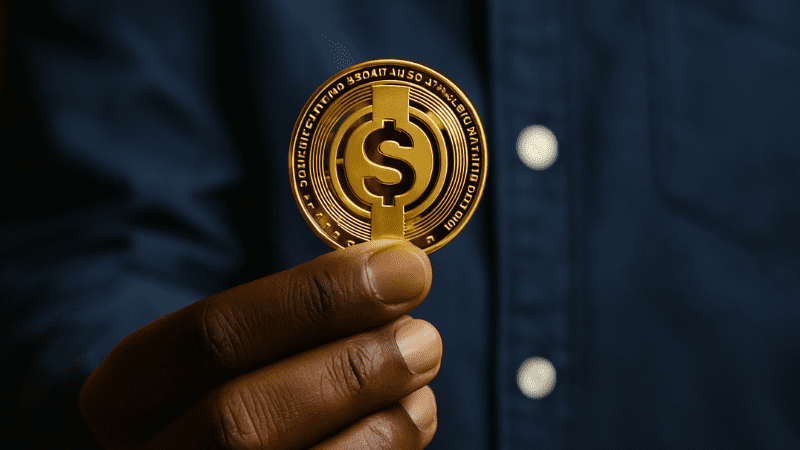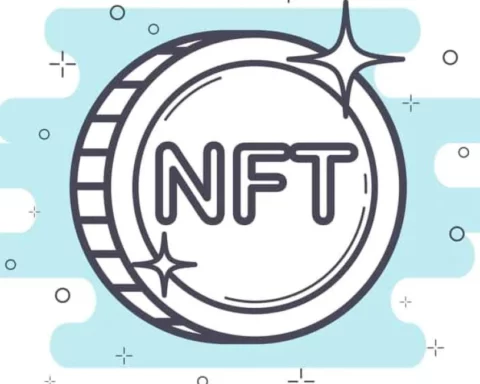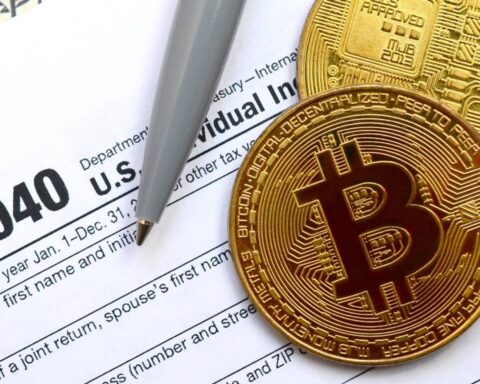Stablecoins are quietly reshaping how money moves online, yet most people are still fuzzy on the details.
Here’s what you need to know if you’re new to these digital dollars or just want a no-nonsense explainer.
What Are Stablecoins?
These are digital currencies designed to maintain a steady value, usually by pegging to a national currency like the US dollar.
The most widely used ones are meant to stay as close as possible to $1, making them far less volatile than cryptocurrencies like Bitcoin or Ethereum.
Why Do They Matter?
Stable-value tokens fill a gap that traditional cryptocurrencies can’t—they offer the speed and global access of crypto, but with price stability. This makes them useful for:
Sending money internationally: Fast, low-cost transfers compared to traditional banks.
Trading and investing: A safe place to park funds between crypto trades or during market swings.
Everyday payments: Some businesses and individuals now accept digital coins for goods and services.
Savings: In countries facing inflation or unstable local currencies, people sometimes use them to protect their money.
How Do They Stay Stable?
There are several models used to keep prices steady:
Fiat-backed: Each coin is backed 1:1 by cash or short-term assets like US Treasuries, held by the issuer.
Crypto-backed: Some are collateralized by other digital assets, with smart contracts helping maintain stability.
Algorithmic: A smaller, more experimental category uses software rules to control supply and demand.
Are They Safe?
Digital dollars reduce price volatility, but aren’t risk-free:
Transparency: It’s important that issuers actually hold enough reserves to back each token.
Technology risks: Bugs, hacks, or failures in code can impact users.
Changing regulations: Laws around digital assets are evolving, so the rules may shift.
Recent News
The U.S. recently passed the GENIUS Act, creating new rules for digital currencies, including requirements for issuers to hold reserves in cash or U.S. Treasuries.
Tether, the largest issuer, will launch a new U.S.-compliant token called USAT.
As of September 2025, the market for these coins is nearing 300 billion dollars in circulation.
Other countries like Italy, UK, and Bahrain are also updating their laws to keep up with growth in this space.
The Bottom Line
Digital dollars are helping bridge the gap between crypto and traditional money.
They can make moving, saving, and spending money online easier and more predictable—but it’s important to understand the basics and stay up to date on new developments.























